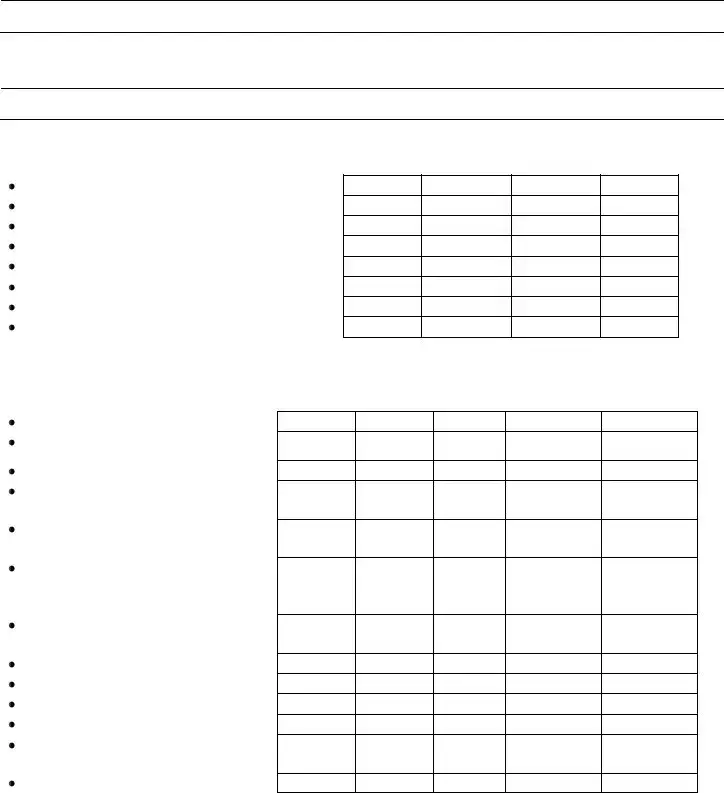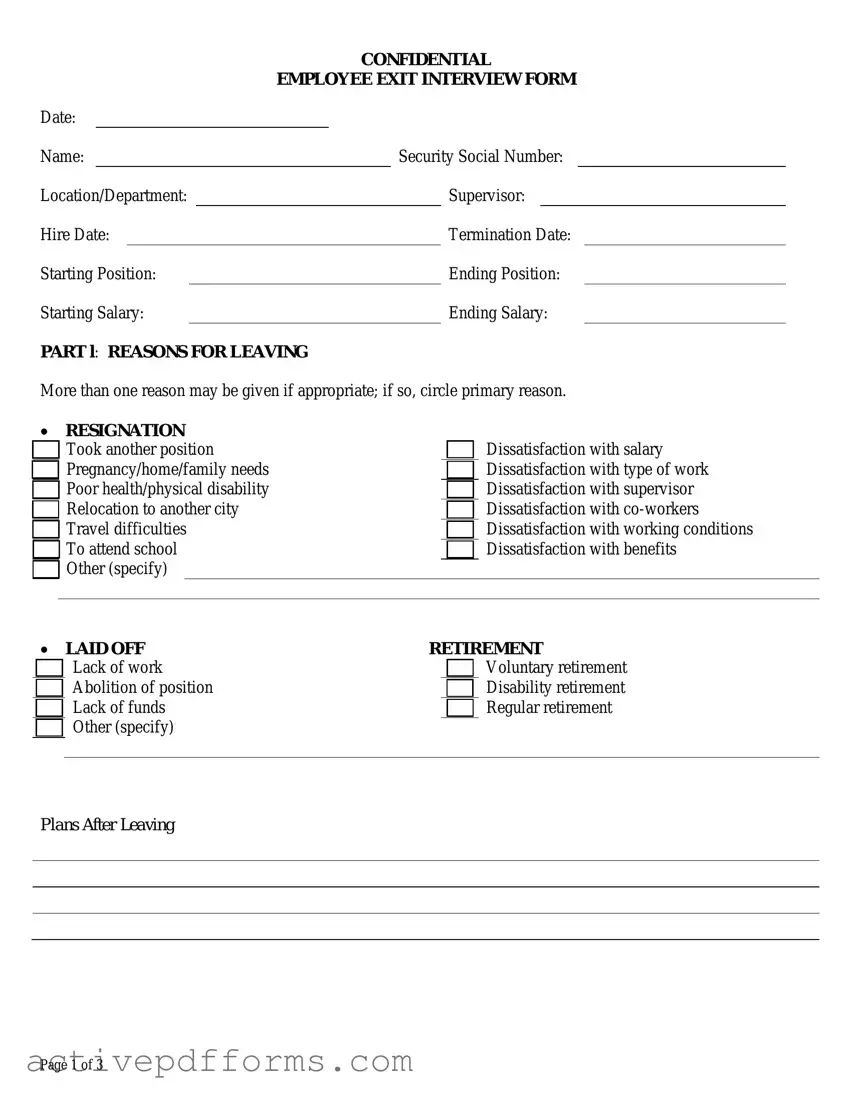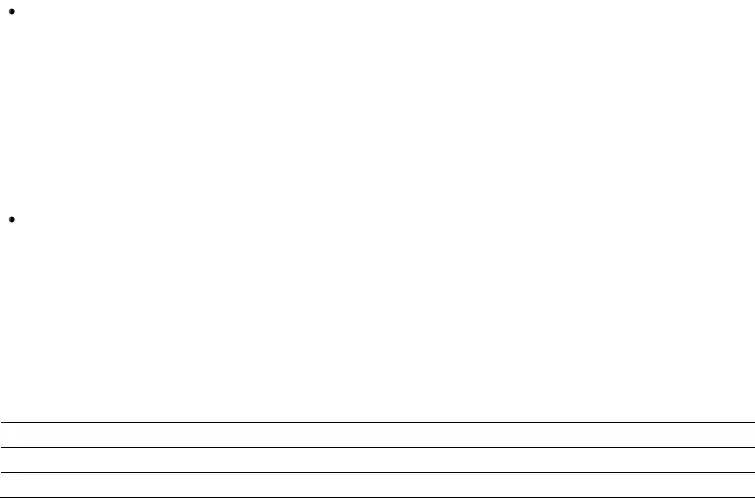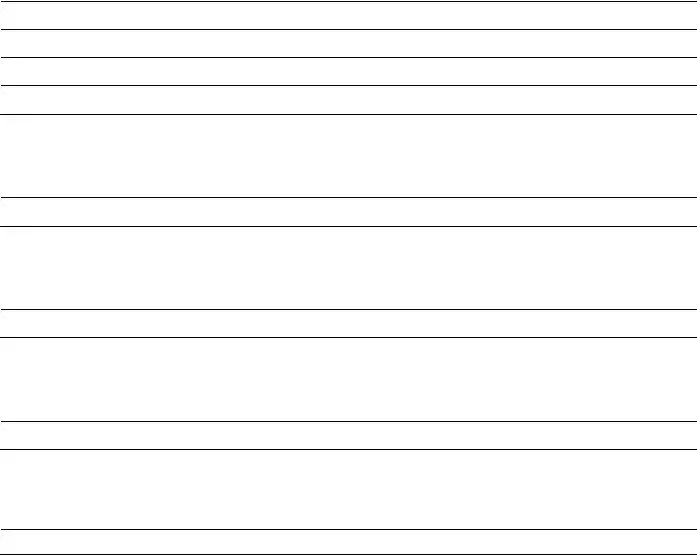CONFIDENTIAL
EMPLOYEE EXIT INTERVIEW FORM
|
|
|
|
|
|
|
|
|
|
|
Date: |
|
|
|
|
|
|
|
Name: |
|
|
Security Social Number: |
|
Location/Department: |
|
|
|
Supervisor: |
|
Hire Date: |
|
|
|
Termination Date: |
|
Starting Position: |
|
|
|
Ending Position: |
|
Starting Salary: |
|
|
|
Ending Salary: |
|
PART l: REASONS FOR LEAVING |
|
|
|
|
|
|
More than one reason may be given if appropriate; if so, circle primary reason.
|
|
RESIGNATION |
|
|
|
|
Took another position |
|
Dissatisfaction with salary |
|
|
Pregnancy/home/family needs |
|
Dissatisfaction with type of work |
|
|
Poor health/physical disability |
|
Dissatisfaction with supervisor |
|
|
Relocation to another city |
|
Dissatisfaction with co-workers |
|
|
Travel difficulties |
|
Dissatisfaction with working conditions |
|
|
To attend school |
|
Dissatisfaction with benefits |
|
|
Other (specify) |
|
|
|
|
|
|
|
|
|
|
LAID OFF |
RETIREMENT |
|
|
Lack of work |
|
|
Voluntary retirement |
|
|
Abolition of position |
|
|
Disability retirement |
|
|
Lack of funds |
|
|
Regular retirement |
|
|
Other (specify) |
|
|
|
|
|
|
|
|
|
Plans After Leaving

PART ll: COMMENTS/SUGGESTIONS FOR IMPROVEMENT
We are interested in what our employees have to say about their work experience with us. Please complete this form.
1.What did you like most about your job?
2.What did you like least about your job?
3.How did you feel about the pay and benefits?
Excellent Good Fair Poor
Rate of pay for your job
Paid holidays
Paid vacations
Retirement plan
Medical coverage for self
Medical coverage for dependents
Life insurance
Sick leave
4. How did you feel about the following:
Very |
Slightly |
Slightly |
Very |
Satisfied |
Satisfied |
Neutral Dissatisfied |
Dissatisfied |
Opportunity to use your abilities
Recognition for the work you did
Training you received
Your supervisor’s management methods
The opportunity to talk with your supervisor
The information you received on policies, programs, projects and problems
The information you received on departmental structure Promotion policies and practices Discipline policies and practices Job transfer policies and practices Overtime policies and practices Performance review policies and practices
Physical working conditions
COMMENTS:
5.a) If you are taking another job, what kind of work will you be doing?
b)What has your new place of employment offered you that is more attractive than your present job?
6.Could we have made any improvements that might have influenced you to stay on the job?
Other remarks (optional):
_____________________________________________________ |
__________________________ |
|
Employee’s Signature |
Date |
DO NOT WRITE BELOW THIS LINE. OFFICE USE ONLY. |
|
( ) Discussed with employee |
|
( |
) Right to file for unemployment benefits |
|
( |
) Conversion of benefits |
|
( |
) If retiring, state option for payment of unused leave ____________________________________________ |
______________________________________________________ |
__________________________ |
|
Interviewer’s Signature |
Date |



